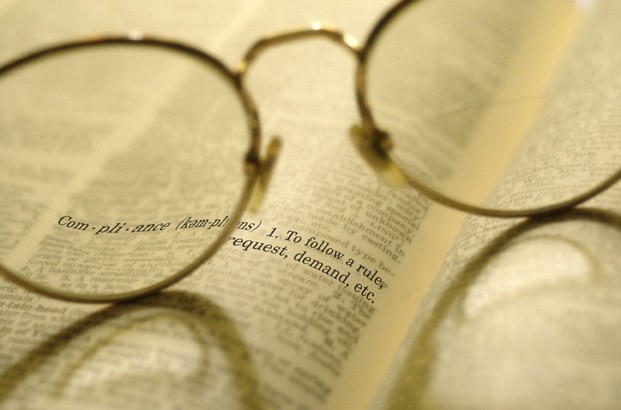McAdams On: Unconditional Surrender

ENOUGH, ALREADY: Broadcasters just lost another channel this week in a clever end run executed by the you-know-who. Our friends in the wireless industry scored another victory by convincing the Inveigled Communications Commission to freeze Ch. 51, the top end of the broadcast spectrum. Broadcasters transmitting on Ch. 51 were maybe interfering with wireless operations on Ch. 52, they whinged. And so the Wireless Communications Commission said, “Alas, we must wipe TV stations from the face of Ch. 51! So let it be written, so let it be done.”
The preceding was not an actual recounting of events at the FCC, but an absurdist approximation imagined on deadline. Let us first acknowledge that the commission comprises hundreds of hard-working, earnest people unlikely to benefit in any way from the agency’s decisions; and a handful of others setting the agenda who may or may not dress up as Rameses II.
The full saga of Ch. 51 begins in another blockbuster epic that occurred in a galaxy far, far away, where Tom Hanks carried that shoebox phone through the streets of New York in “Splash.” The scene left phone company moguls with dollar signs where their eyeballs were, enabling them to see a future where everyone carried a shoebox phone. All they would need is spectrum. More and more spectrum. All the spectrum in the world. . . bwa ha ha ha ha. (This, too, is an approximation. I hope.)
And so it was 30 years ago that the offensive on broadcast TV commenced. Most people familiar with this ongoing tale of intrigue recall that the 2009 transition to digital television was instigated by wireless industry demands for spectrum. Broadcasters were kind of sitting there like ducks in a barrel of real estate no one else wanted for the previous five decades. Their strategists countered the wireless offensive by saying broadcasters needed the spectrum for high-definition TV. The Japanese had HDTV, see, and we couldn’t possibly let Japan win the race toward higher resolution. And for reasons beyond anything I can imagine, this argument worked. For a while. Then in June, 2009, broadcasters relinquished the 108 MHz from Chs. 52 to 69.
These channels, as we know, were auctioned off to the you-know-who, which knew as well as any second grader that 51 and 52 are next to each other. The folks in the FCC Pharaoh’s office knew it, too, but they decided against leaving an empty channel between the services. They instead allowed the folks who bought Ch. 52 licenses to design wireless networks that would reject interference from TV stations transmitting on Ch. 51. But that determination was made nearly 10 years ago, andyou-know-who since forgot there were broadcasters on Ch. 51. Or the commission did. Or someone did, because all of a sudden, interference from Ch. 51 is now a problem--interference that was the wireless industry’s technical responsibility when the spectrum was reallocated. Their technical resolution is, if anything, interesting--removal of all broadcaster operations from Ch. 51.
It’s clear at this point that the wireless industry will stop at nothing to eliminate broadcasting. If it can’t push another wholesale reallocation through Congress, it will chip away at TV spectrum one channel at a time. Will anyone notice the loss of one TV channel here and there? Not likely. That’s why the broadcast industry should simply and collectively surrender.
All TV station licensees should agree on a date to turn over the broadcast spectrum to the wireless industry and get it over with. Then they should all proceed with a coordinated publicity campaign to inform the public they will no longer fight the wireless industry’s hold on Washington, and that free, over-the-air TV service will cease to exist in the United States. They could even simultaneously throw up a test pattern for a few minutes just to drive the point home--literally. Because that’s where this debate belongs.
~ Deborah D. McAdams
Get the TV Tech Newsletter
The professional video industry's #1 source for news, trends and product and tech information. Sign up below.
